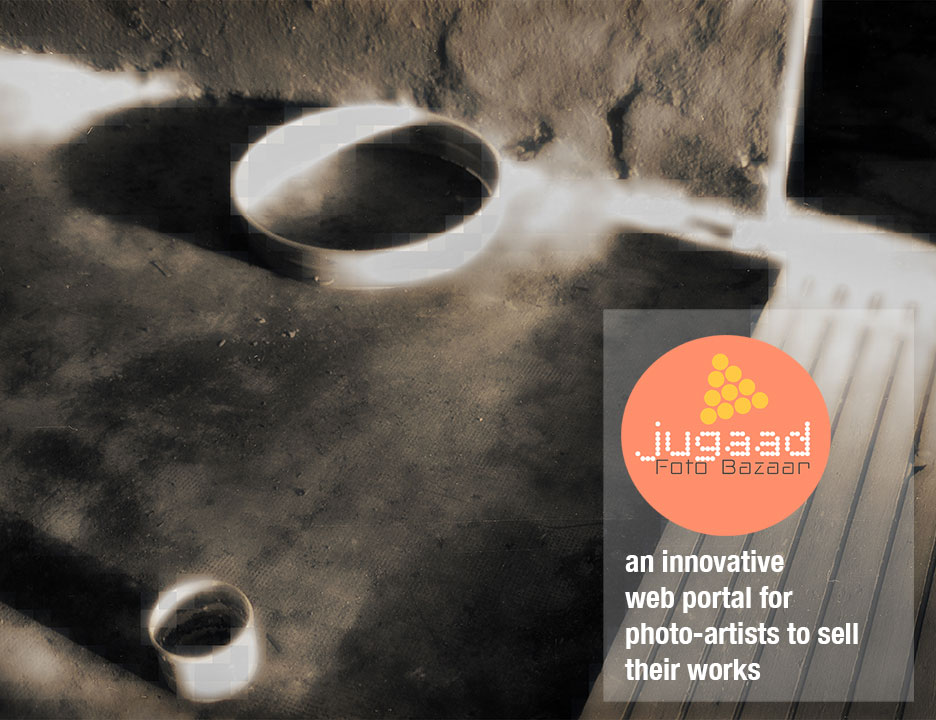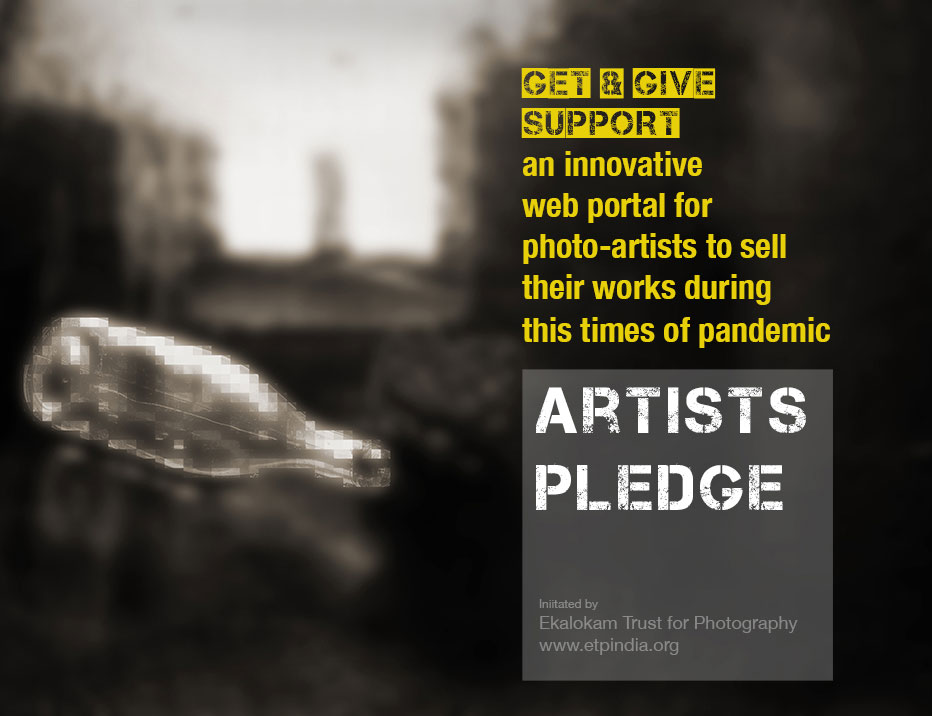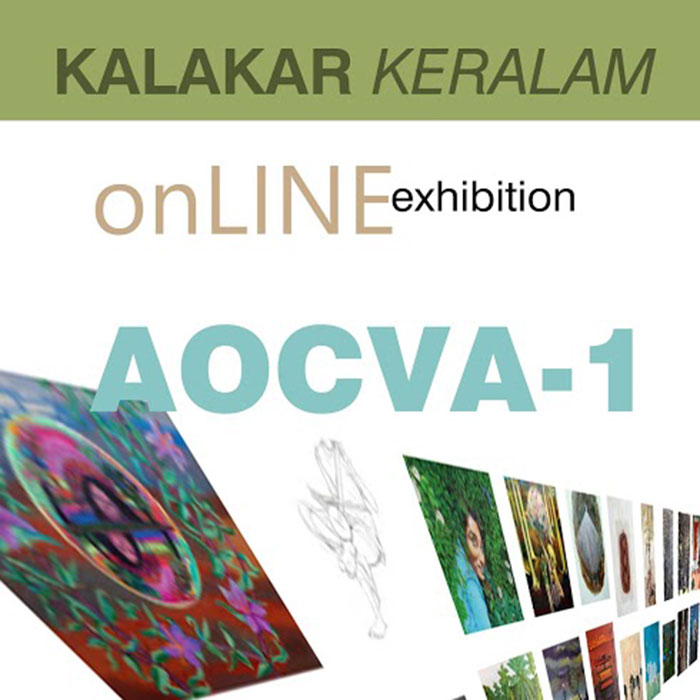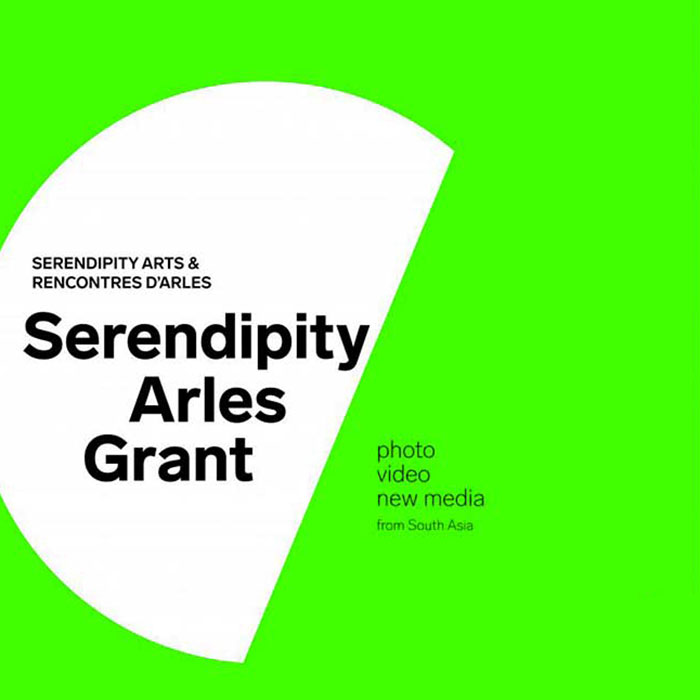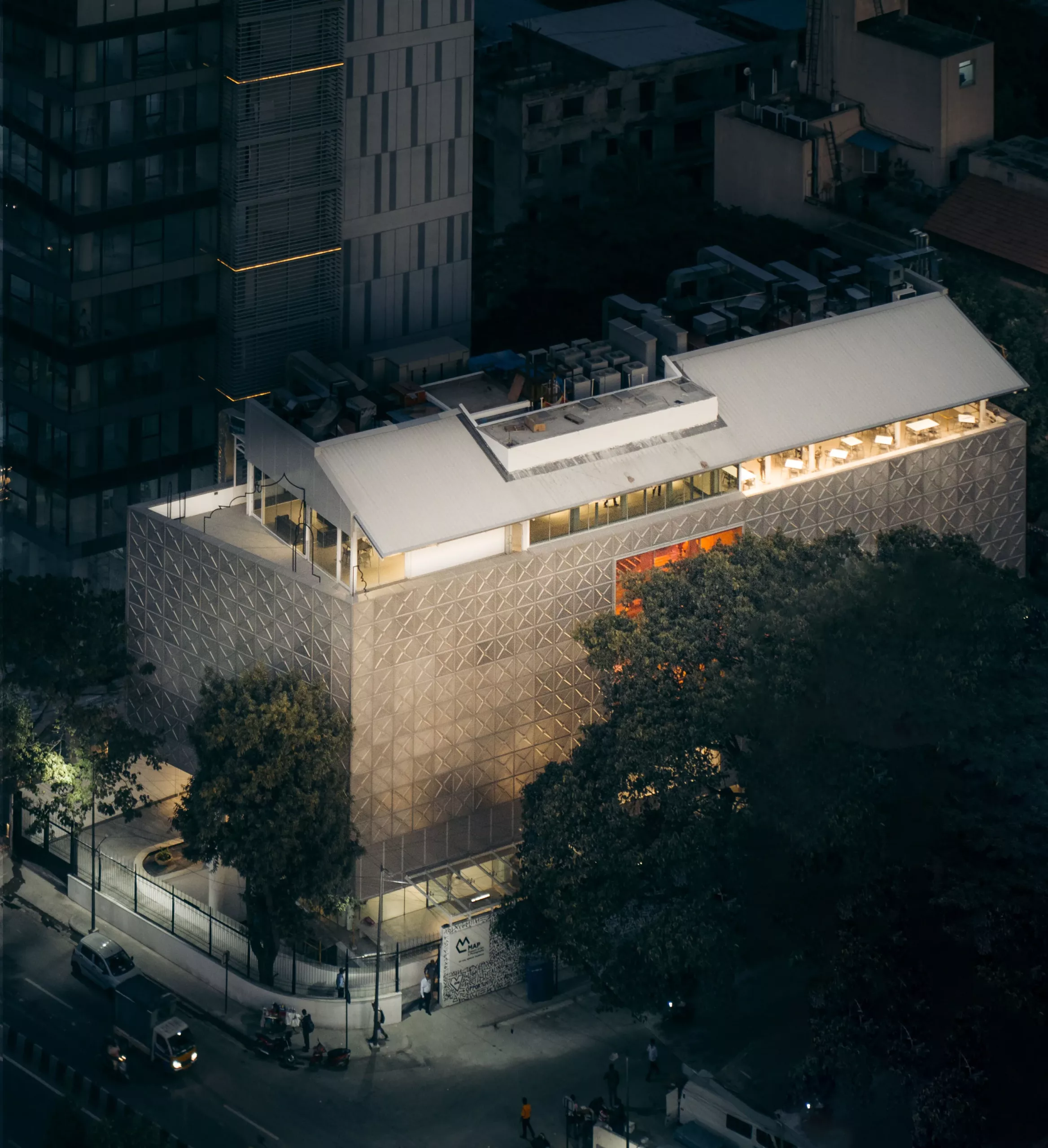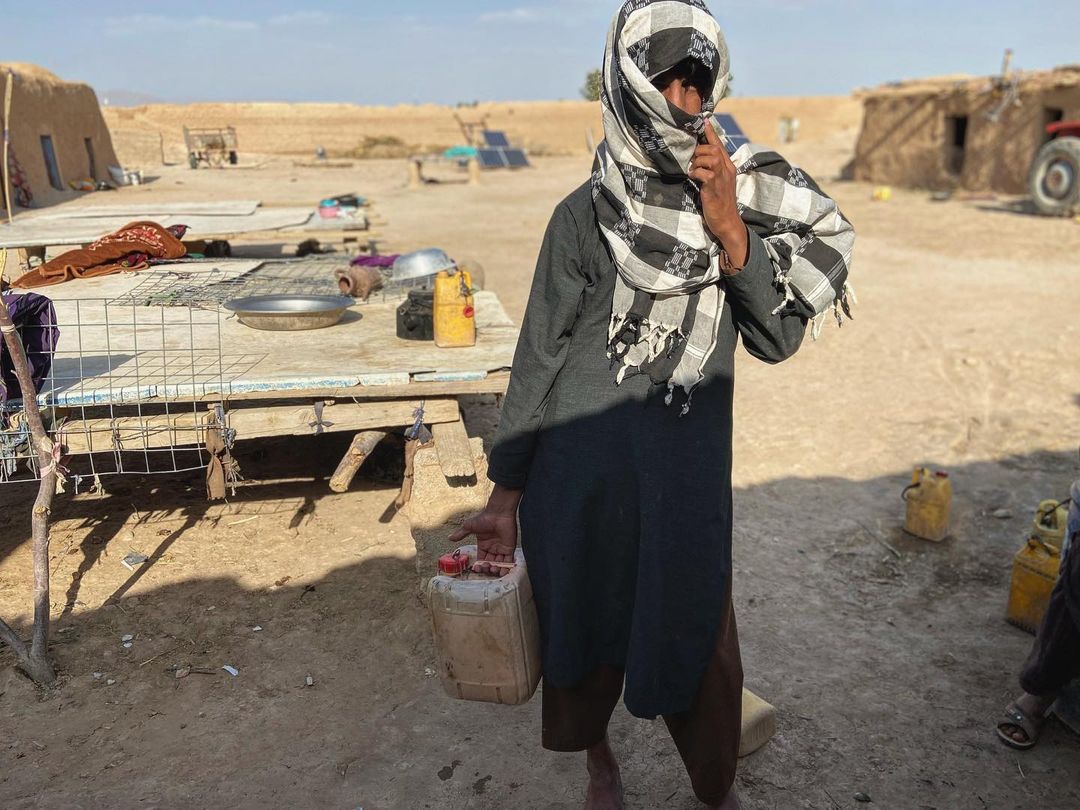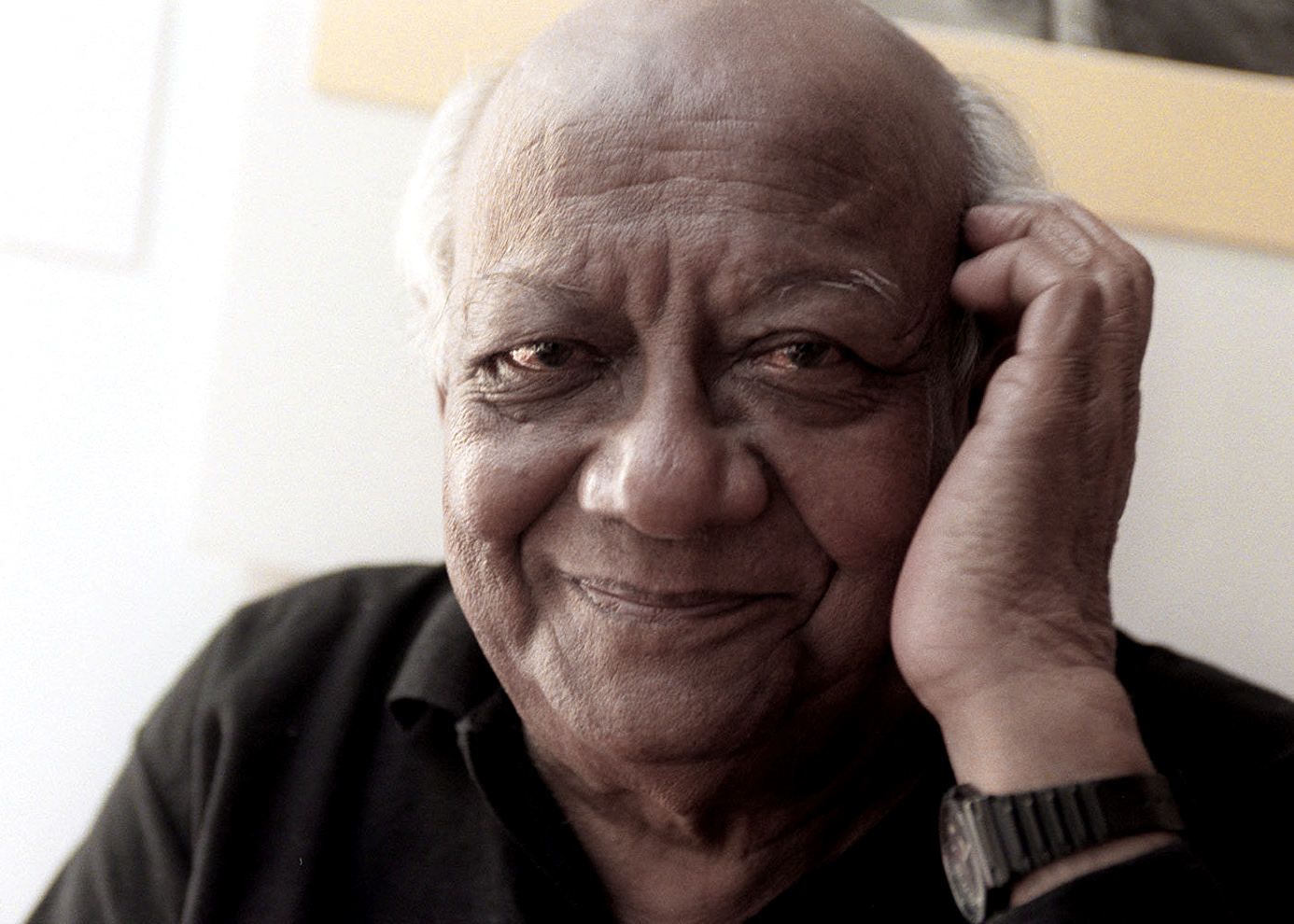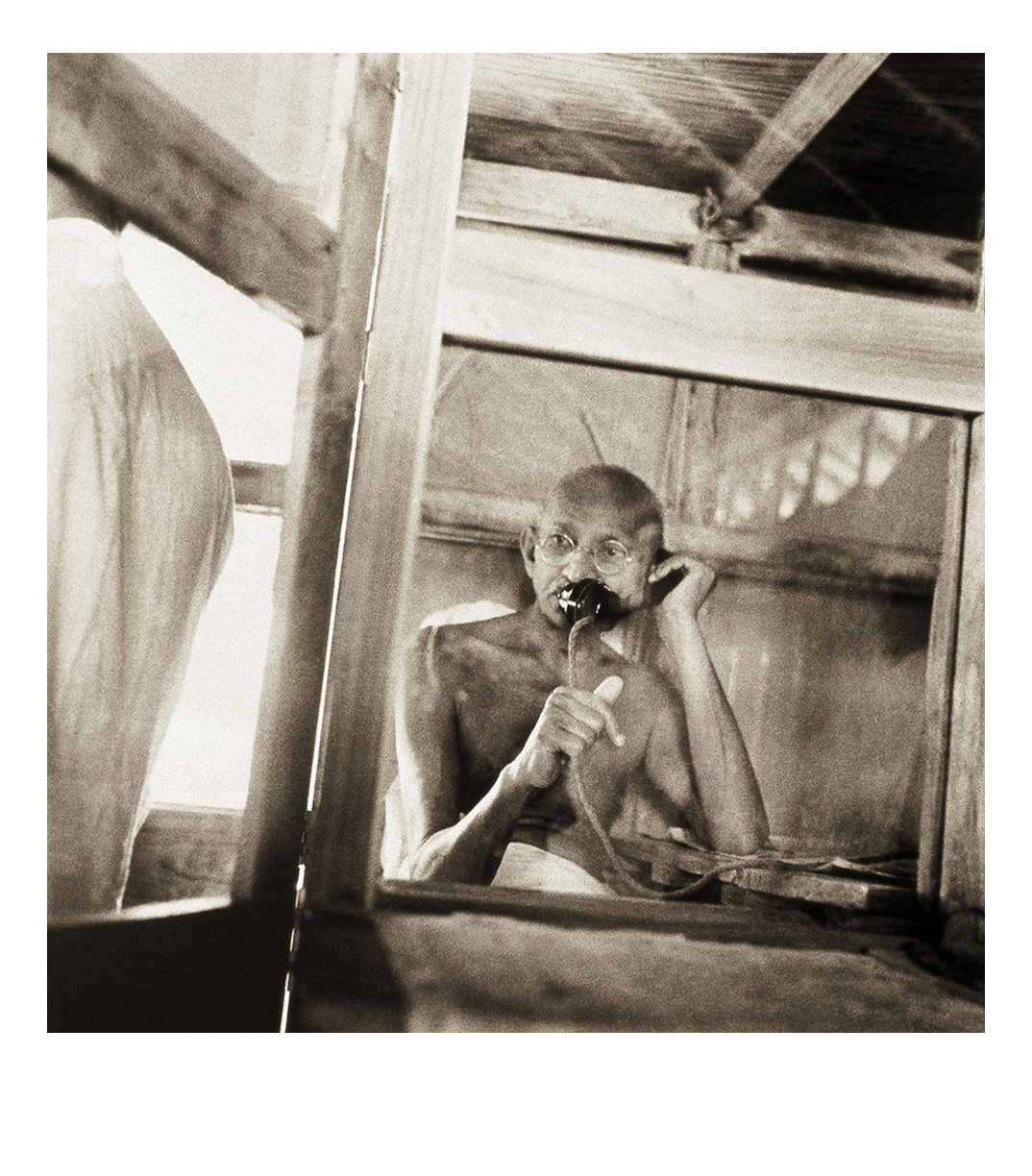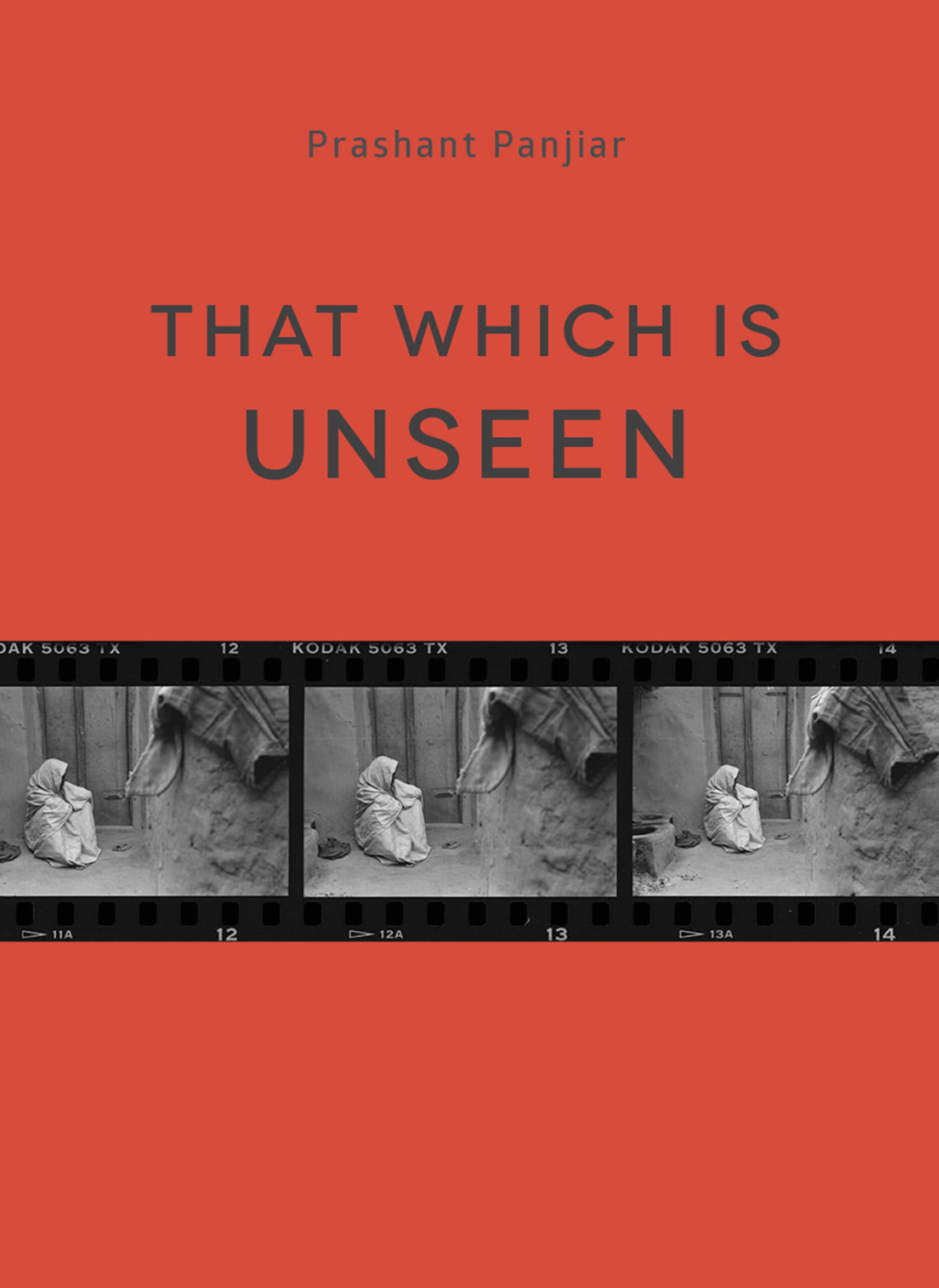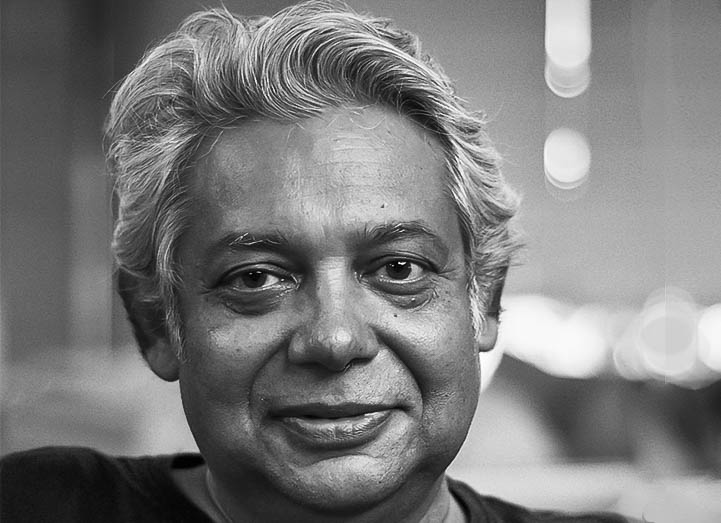Art News
Special Report
Photo Mail online magazine
brings out special news about
Photography and allied art forms
National/International Photography
Exhibitions, Technique, Product updates
Opportunities
as well as featured reports and
Events
Together
Let us
Discuss, Debate, Define
The Art of Photography
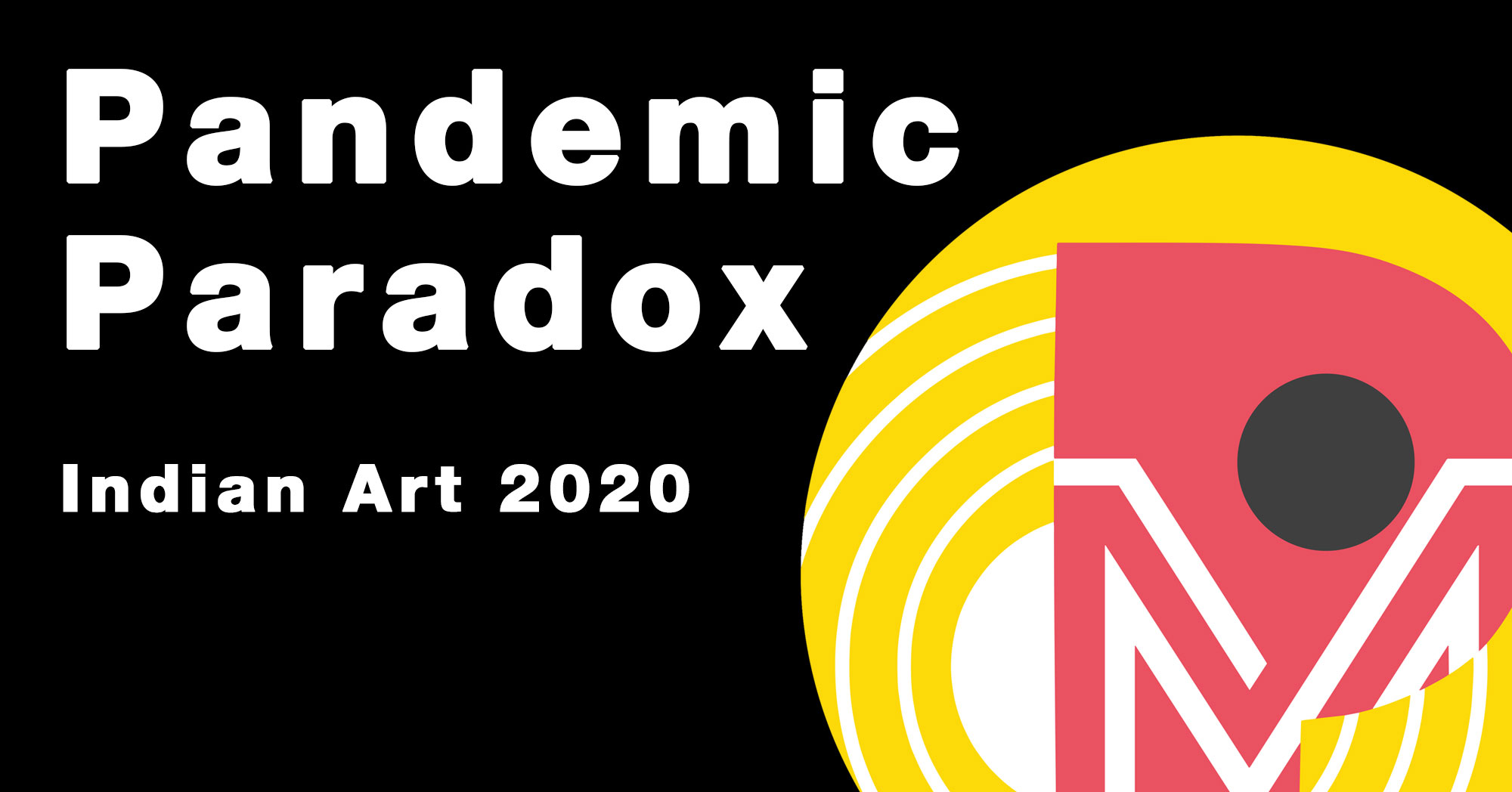
Pandemic Paradox, Indian Art 2020
Darwin’s theory of evolutionary theory, the survival of the fittest, rather became an immediate point of reference and yardstick in 2020. The fittest is being defined not merely based on physiological advantage but on collective strength and mutual aid. From the deadly pandemic and Australian bushfires to global movement for racial justice, stock market crashes and Trump’s electoral loss, the year 2020 has certainly experienced its fair share of world-shifting events. In India too, 2020 didn’t begin without dramas. AAP winning elections, Delhi Riot and Trump’s visit to India – everything did set the stone rolling for the catastrophic year. While the first Covid death on 12th March started shifting the realities, the announcement of lockdown on 25th March was without any fallout plan for daily/migrant workers and other marginalised communities such as sex workers and small-scale entrepreneurs. Several thousands of migrant workers and their families were forced to walk thousands of kilometres to reach the safety of their homes, no matter how much shattered those houses were. There was also a reverse exodus in June once the unlock phase was announced, as the situation that forced these helpless workers to move to urban areas in search for livelihood didn’t change an iota. This should have caused a tremor within the social and political fabric of any society. However, it didn’t lead to any lasting change. As we read this, the farmers, risking everything, continue to protest at the borders of Delhi.
The pandemic did the worse to not only the marginalized but also the majority of entrepreneurs, freelancers and independent practitioners. Only having a roof over the head and other basic facilities to count for, the lower and upper middle class Indian populace had their share of troubles due to a lack of income flow. On top of all these, several millions of salaried Indians lost their jobs. The Covid death toll also is on the rise and even with total number of cases crossing 1 crore, life appears to be normal, for the economic vulnerabilities of a developing Nation demands merciless risk taking and sacrifice. Nevertheless, life did continue parallelly. Amid the pandemic snag, political drama continued to unfold. This included the India-China stand-off at Pangong Tso and later at Galwan Valley and banning of 59 Chinese Apps, locust incursions, two cyclones, Babri Masjid acquittal, Alan and Thaha bail release, by-elections, continued arrests, and now the farmers’ protests.
The world of art and culture is one of the hardest-hit sectors. The already limited support structure for artists and art/cultural organisations in India has dwindled further, pushing many to oblivion. The coronavirus outbreak and subsequent nationwide lockdown did affect almost all art practitioners, but then, the scale of impact was different for different sectors. Performance artists and photographers received the first line of bullets, with curtains down on live performances and mobility curtailed for photography assignments. Even within this, there were increased vulnerabilities because of one’s age (young, mid-career, and senior), location (rural or urban), networking possibilities, social and family support lines etc.
In India, the culture of buying art is not that common and often much thought is not given as to how an artist survives. It is especially so for those who do not fit within the mainstream gallery structure – the ones who are not within the success circuit, so to say. Even the mainstream artists, except those who have a saving or a buffer job or family support system, were pushed to the wall. With gallery shows and festivals either postponed or shifted online, the sales funnel got collapsed, making it a struggle for survival for most independent practitioners.
The government did almost nothing to mitigate the situation, not even a proper assessment of the impact of the pandemic. Despite this, many stakeholders of the art world did push the limits to make a difference. While it would be impossible to list everything, here is a chronological snapshot of what happened in the world of Indian art.

1. Assistance for Disaster Affected Artistes – ADAA
One of the earliest initiatives post pandemic was to propagate and support the cause of performance artists. ADAA was started as early as April, just a few weeks after the lockdown was announced, with the aim to raise INR 35,00,000/- for supporting 100 artist families with INR 5,000/- each per month for 6 months. The initiative was spearheaded by a small group of concerned individuals associated with the arts, including prominent musicians Shubha Mudgal, Aneesh Pradhan, and cultural practitioners Arundhati Ghosh and Sameera Iyengar, actor and entrepreneur Rahul Vohra, and casting coordinator Mona Irani. The crowdfunding crossed the goal in no time, raising INR 42,61,494/- supported by 283 well-wishers. “We planned for 100 families, but now we can support 150 families for 6 months”, said Shubha Mudgal in the closing note-of-thanks at the Our Democracy Crowd-funding platform. This is a remarkable feat, given the uncertain times. However, while the initial fundraising received much media coverage and peer support and cheer, there is very little information about its implementation. Maybe, the sponsors were given a report or the year-end audit would inform the public about the amount spent.
2. Art for a cause
The art community has always been first to stand up for social causes. They are often the first to be approached, at times with the request to donate a work for a worthy cause. There were quite a few initiatives that sold artworks of known artists at a discounted price to raise funds for pressing issues – especially to mitigate the plight of the migrant workers. One of the earliest one was Prints for India[1], organised in partnership with NGO Goonj[2]. International and Indian photographers Martin Parr, Matilde Gattoni, Vasantha Yogananthan, Ram Rahman, Sohrab Hura and Paromita Chatterjee among others had donated their pictures for Prints for India. All works were priced at INR 7,700 approximately and the net proceeds went to the NGO Goonj to respond to the needs of migrant workers at a pan-India level. There is no report on the funds raised, and so it is not possible to comment on the impact of this project. However, there were many such initiatives that adapted a similar strategy of selling artworks to support the marginalised and vulnerable. Not only organisations, but independent photographers also joined together, sold their works at a discounted price and raised funds for the cause.
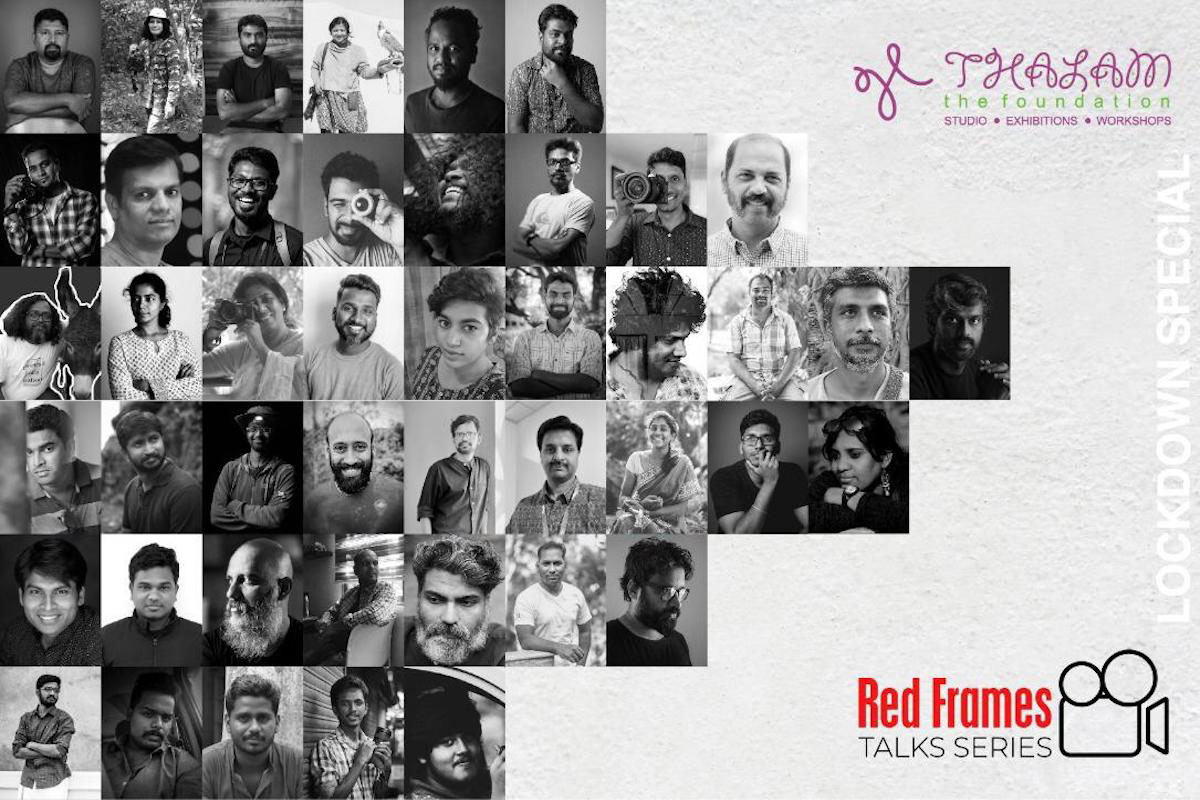
3. Listening Post by IFA
The India Foundation for the Arts was one of the earliest organisations to advance the concern of artists. Probably it is the only Indian cultural organisation involved in a proper assessment – IFA organized a series of Listening Post discussions with artists and art representatives from across India[3]. Their approach was systematic and well-planned. The repeatedly asked question was, “Artists are the hope makers of the world, but how they will cope and adapt to the new realities and wade through this crisis?”. It was a promising beginning, but IFA didn’t come up with solid plans for the year 2020 which has been an impossibly challenging one for cultural organisations as well[4]. IFA had placed a call for Artists Grant in October 2020 and eventually closed it, announcing that their projects are under review. However, they did grant 25 artists with INR 25,000/- under 25×25 project, which was a celebration of 25 years of IFA grantmaking and 25 years of internet. Two archival and museum fellowship projects are currently open.
4. Staying connected and embracing the online space
The most prominent trend post the pandemic was a surge of online discussions in Zoom and Google, with Delhi-based photographers taking the first step. As early as April, there were several forums discussing photography and art, a fad that spread like a wild fire, with regional initiatives taking up the mantle to showcase photographers and artists from their locality. Thalam Talks[5], a Tamilian-led organisation based in Bangalore did a series of online discussions presenting a good number of unknown and known Tamil photographers. Interestingly, Karnataka, Kerala and Eastern parts of India did not join this club of live discussions until September.
5. Artists Pledge and Art Chain movement
One of the positive outcomes of the pandemic was an increase in the number of artist-to-collector direct sales, mostly on Instagram portals. Some also promised to buy other artists’ works, if a certain number of their works were sold. Originally started in the West, the movement took some wings in India as well. In mid-April, the Ekalokam Trust for Photography announced Artists Pledge, a project to support struggling photographers, and floated Jugaad Foto Bazaar online portal which came online in April 2020[6]. All photographic archival prints were brought at a special price of INR 5,000/-. This created a ripple effect of ‘give and get support’ with artists pledging to buy other photographers’ works when their fifth work gets sold. Some senior photographers joined the portal in solidarity to the cause. A rather tiny initiative emerging from the Southern part of India, Jugaad Foto Bazaar | Artists Pledge sold more than 30 works during the peak lock down period of 2 months, supporting the artists and setting a new trend. Presently, the portal continues to function with a collection of more than 200 works.
In May, an Instagram-based community movement #artchainindia, an initiative to assist and encourage the development of the creative community in India through peer support started. With more than 11,000 posts, the portal became an avenue for selling works at a special price of INR 10,000 and buying other artists’ work when their 5th work was sold. There is no cumulative record of the number of works sold and the current status, although the chain posting continues and the co-ordination site is functional.
6. Special Grants during COVID
In April, the Experimenter gallery announced Generator, a grant to fund art projects during the lockdown. The fund awards several production bursaries of varying amounts ranging from $ 500 to $ 2,000 towards the realisation of art projects. The grant was open to all visual artists, irrespective of their medium of practice. There are no limitations concerning age, region or provenance of the applicant. It has now completed two rounds of grant making and applications are still open.
7. Ongoing grants
While some of the organizations, including the FICA, had stopped or delayed the ongoing projects, some continued grant making in 2020. Serendipity Arts, Shergil Foundation, and Pro-Helvetia continued their projects and supported artists, which is an appreciable and positive gesture given the circumstances. Serendipity also announced Serendipity-Arle grant for lens-based practitioners.
8. An online show of 100 artists by Kalakar Keralam
Kerala artists and art organisations were one of the pioneering forces in introducing online shows in the country. A few YouTube-based shows were organized, gearing up the art movement towards online space. In August, Kalakar Kerala | Gallery ACOVA (Association of Contemporary Visual Artists) floated an online exhibition of more than 100 artists in a Blogspot portal.
9. Quarantine, art exhibition in Kerala
‘Amuseum ArtScience’, a new-age concept foundation bringing art and science together to build an ever-growing cultural archive of creativity, was started in June 2020. Quarantine, probably the first physical exhibition in India was organised in a non-conventional space in the months of July and August, as soon as the first phase of lockdown relaxations began. A series of online webinars were organised through November on topics related to art and science.
10. Images of Encounter | Online Photography Exhibition
Ekalokam Trust for Photography announced an online exhibition in August 2020[7]. Inaugurated by Christopher Pinney and felicitated by Johny ML, the exhibition brought together a collection of 29 photographers from around the world. Titled Images of Encounter | Reimagining the Realm of the Real, the show had works of both young and leading photographers practicing different genres of photography. Martin Parr, Robert Nickelsberg, David Bate, Xiangjie Peng, Sunil Gupta, Nick Oza, Ram Rahman, Abul Kalam Azad, Dinesh Khanna, Mukhul Roy, Parthiv Shah, Ramu Aravindan, Alex Fernandes and many others works are exhibited. A series of talk shows were also organised by Ekalokam Trust for Photography, keeping the momentum of dialogues and photography discourses. The show is hosted on a dedicated site, enabling a sort of permanency to the usually limited-period physical exhibitions.
11. Coalition of galleries
2020 was an unbelievably hard one for galleries. Having invested in huge infrastructure, the shift to online didn’t happen that swiftly. In April end, 10 Indian and Dubai-based galleries including Chemould Prescott Road (Mumbai), Experimenter (Kolkata), Gallery Espace (New Delhi), Green Art Gallery (Dubai), Grey Noise (Dubai), Nature Morte (New Delhi), PHOTOINK (New Delhi), GALLERYSKE (Bangalore/New Delhi), The Third Line (Dubai) and Vadehra Art Gallery (New Delhi) announced a collaborative project ‘In Touch’. In June, the first edition became live for the public. At present its 5th edition is online. A majority of the galleries had opted for price-upon- request, continuing the practice of secret price negotiation.

12. Indian Photography Festival 2020
There are only three mega photography festivals/events in India as the biannual Delhi Photo Festival hadn’t continued after its third edition in 2015. The Indian Photography Festival, an annual event that started in 2015, continued with its 5th edition in 2020. The largely online event, organised from 12th November to 13th December, had quite a few Interactive sessions via virtual platforms. The print exhibitions were installed at KBR Park located in the heart of the city of Hyderabad while digital exhibitions were held at The State Gallery of Art, Madhapur.
Chennai Photo Biennale that started a year after the Indian Photography Festival, postponed its third edition to December 2021 from its original schedule of December 9, 2020 – February 6, 2021. The first list of artists was announced via a live session on 9th December.
13. Kochi Muziris Biennale and Power 100
The KMB, Asia’s largest contemporary art festival organised in Kerala, had made several announcements during the initial phase of the pandemic informing that the event would be held as scheduled in December 2020. However, in October, KMB’s official statement informed that the event has been postponed to November 2021. The Student’s Biennale is getting ready to be launched online in February 2021. The Art Review’s Power 100 listing, announced in the month of December, included Bose Krishnamachari for the 6th time in a row. KMB 5th edition’s curator Shubigi Rao was also included in the list. The pandemic didn’t slowdown Bose Krishnamachari and, in fact, he became more active with zoom and Google live sessions. Since October, he has been making studio visits to Kerala-based artists.
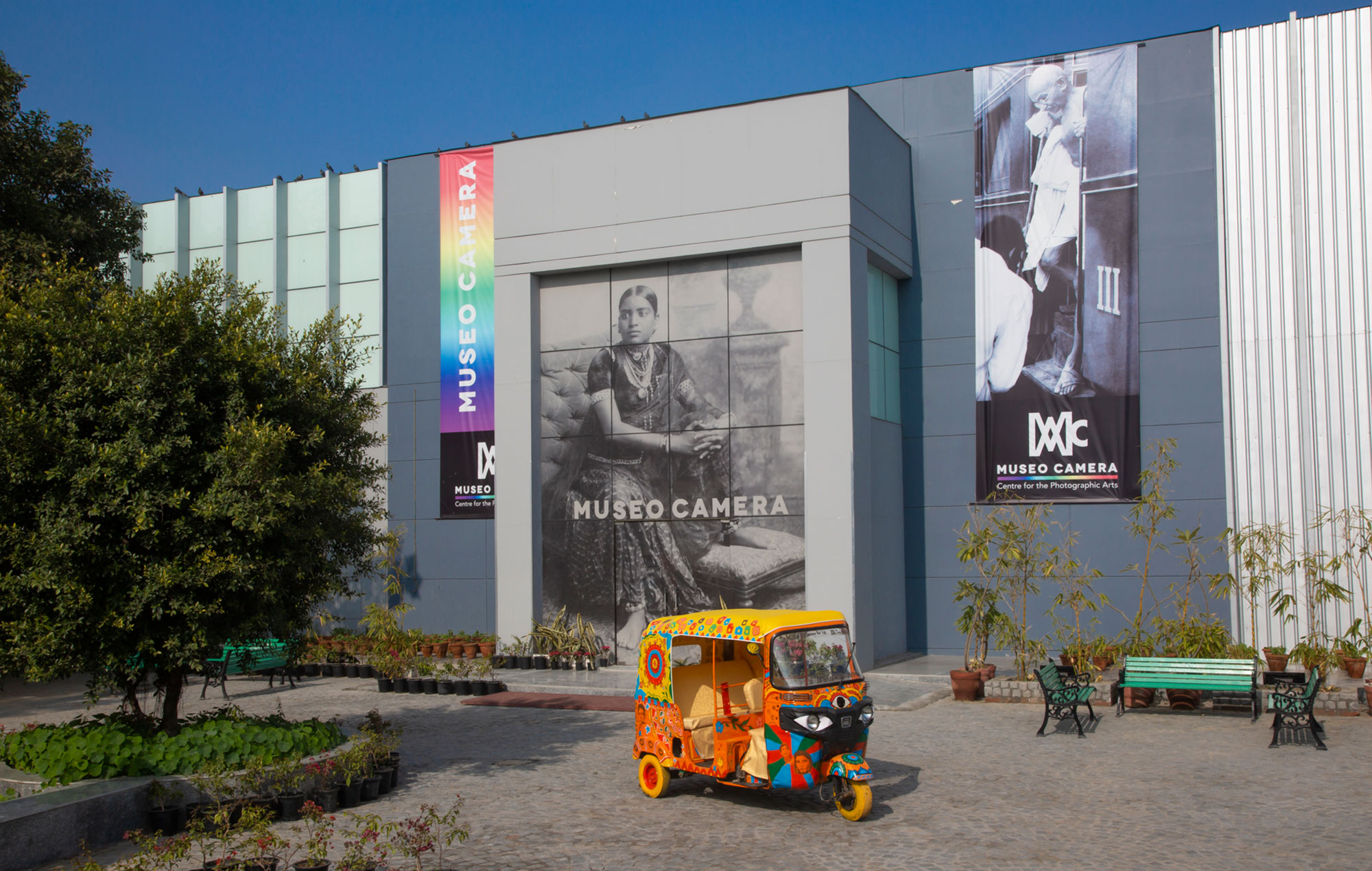
14. Launch of Samyuk Drishti Online magazine
In October 2020, Samyak Drishti, an online magazine dedicated to Photography was launched by the Photography Promotion Trust with noted documentary photographer Sudharak Olwe as its editor. The primary objective of the magazine is to promote documentary photography that gives voice to the human condition in such a way that it inspires and enables positive change. The second issue came out in September and a third special issue about Indian Photography Festival was published in November 2020. Samyuk Drishti also announced the Photo South Asia Photography Grant in November, and 10 Indian photographers were awarded.
15. Museo Camera opens its doors
Museo Camera which boasts India’s largest collection of vintage cameras and photographs is spread over 18,000 sq. ft. of built space set on 0.75 acres of land in Haryana. Early on, Museo camera had announced #lockdowndiaries encouraging documentation of life during the lockdown. Initially curated on their Facebook group, in October, a print exhibition was organised at Museo Camera. After almost eight months of closing down, Museo Camera invited art enthusiasts and well-wishers to visit their space in an ode to support the initiative. The Dhrish Academy, an affiliated institute, has floated quite a few photography courses including mobile photography.
16. Kerala Lalithakala Akademi
Yes. The Indian Ministry of Culture, and other national-level organisations were almost non-existent as artists were struggling through the COVID crisis. In October 2020, Ministry of Culture (Performing Arts Bureau) issued a statement informing that their schemes under Kala Sanskriti Vikas Yojana (KSVY) could be availed for online performances as well. But nothing much other than this happened. It is important to note that the struggles and issues of the photographic fraternity were never studied or discussed. So is the case for other visual arts. However, in this context, the efforts of Kerala Lalithakala Academy are worth mentioning. As an autonomous body established in 1962 to promote art and artistic heritage, this Thrissur-based State government initiative organised a couple of online shows as well as camps that did support artists to a certain extent. Photographers were largely left out, but this is an ongoing issue that requires deep reflection and forethought from the side of organisers, and is a topic for another day.
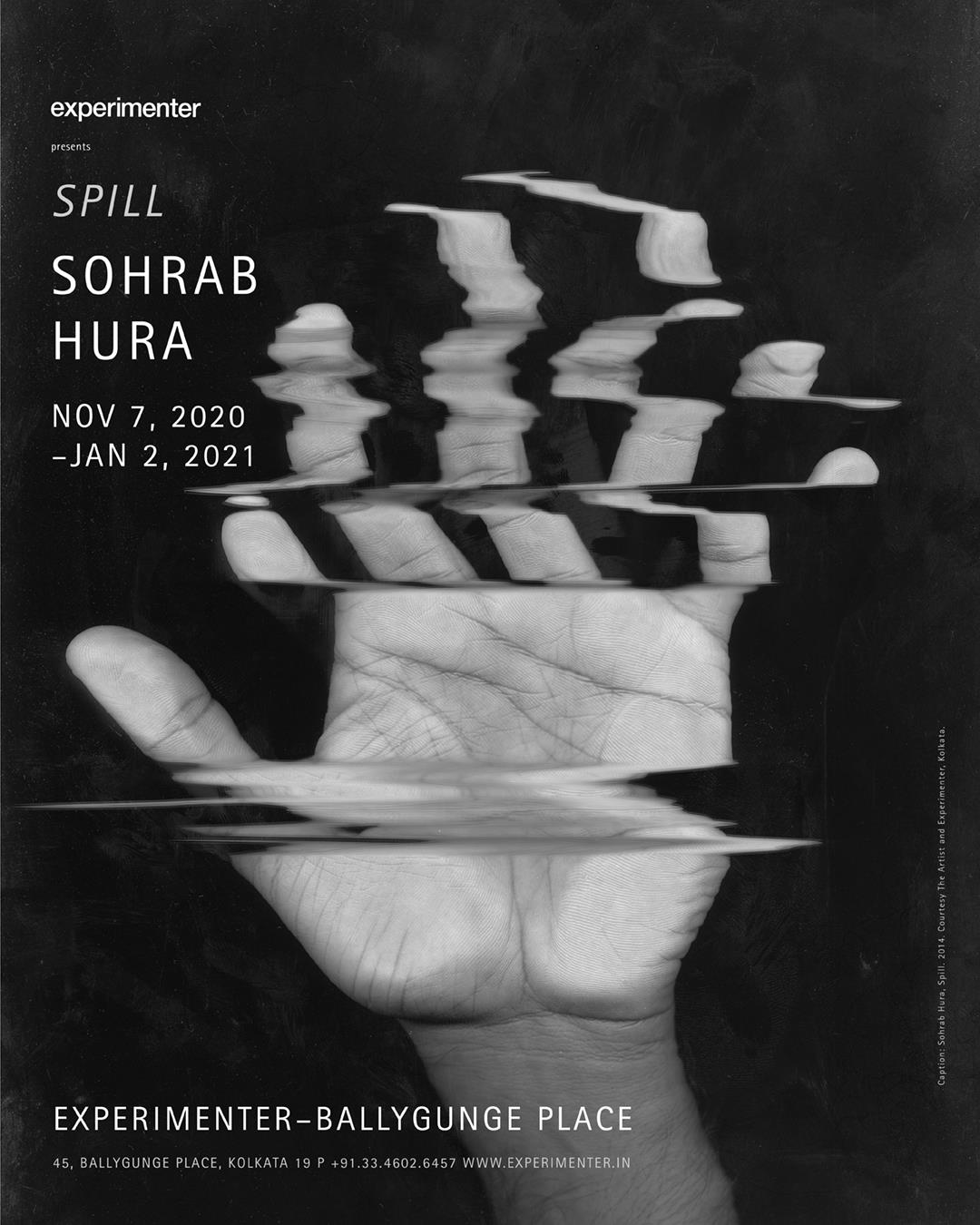
17. Sohrab Hura Solo Show at Experimenter
The Experimenter gallery once again swam against the tide by hosting Sohrab Hura’s solo show at their gallery space in Kolkatta. Titled Spill, the show opened on 7th November for public. The live purview of the exhibition on its opening day was another progressive step by Experimenter.
18. MAP digital museum
Just like elsewhere, in India too, virtual exhibitions, virtual meetings and virtual interactions became the order of the day during the current crisis. The Museum of Art and Photography (MAP) was launched, virtually, before its physical launch next year. The launch was celebrated with a weeklong festival from 5th to 10th December 2020. With this, the MAP becomes the first digital museum in India. As part of this significant move, the MAP continues to engage with its audience through various interactive sessions.
19. Victoria Memorial Hall, a remarkable example
Most of the museums, including the Kiran Nadar Museum which holds the title as India’s first private museum, didn’t do much during this paradigm-shift period. They had announced their opening date as 5th Jan, but its total silence during the pandemic period is a cause for concern. The same applies to the majority of government run museums across the country. However, in an exceptional gesture, the Victoria Memorial Hall, Kolkata became quite progressive in their attempt to engage with the audience. It increased its online presence by curating online shows, presenting their collections and organising discussions. This shift is indeed a promising one.
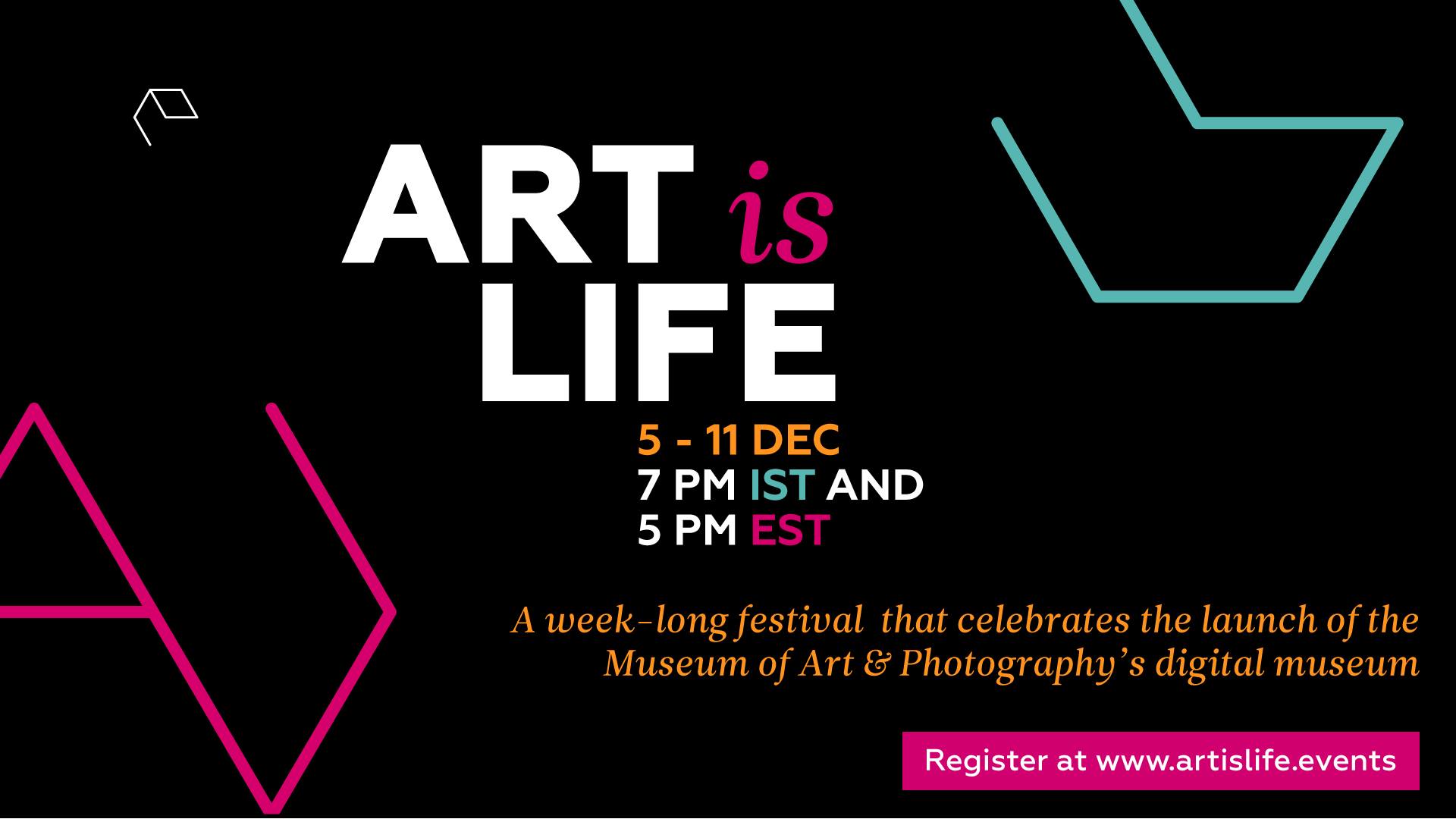
We survived 2020 and crossed over to 2021. Our online presence too has increased. Quite a few collective initiatives have also come about. However, the last year raises that one pertinent question: How do we make the government more accountable towards the arts sector?
Notes
[1] There was dedicated site for Prints for India | www.printsforindia.com and sales were open till 22 May 2020. The site is no longer functional. [2] First Post: Prints for India, Shared Love for Delhi prompts four photographers to start a Covid 19 fundraiser [3] IFA Listening Post [4] Indian Cultural Forum: Artists and performers in the time of Covid-19 — Part two. [5] The News Minute: 45 Tamil photographers showcase unexhibited works. [6] The Hindu: The Artists Pledge Project, an initiative to support photo-artists during the COVID-19 pandemic [7] The Hindu: Shutterbugs from across the world share images of their varied encounters in an online show
Editorial Special Report | Published on 31 December, 2020
Share
Related News
A new venue for art lovers: MAP, Bangalore is open for public
The newly opened Museum of Art & Photography (MAP) in Bengaluru welcomed its first visitors in Feb, offering a glimpse of around 60,000 works that would refresh the subcontinent's rich art history.
Plumbing the depths of space and time, James Webb Space Telescope
The James Webb Space Telescope has been designed to see the infrared part of the spectrum, making it capable of glimpsing “galaxies far far away”. This provides access to a part of the spectrum that no telescope has had till date, not even the iconic Hubble Telescope, which can see ultraviolet and visible light.
Snapshots from a forgotten land
Photojournalist Kanika Gupta takes a more personal approach on her page. The Indian journalist, who had to be evacuated from Afghanistan when the Taliban first took over, has since returned, and has resumed her efforts of documenting the country. On her Instagram handle, lifeoutside2by2, she fearlessly interviews and photographs Taliban soldiers, bringing out both the cruelty and humanity in their stories. A snapshot of a man who has been taught to believe that “making landmines is holier than fighting" is juxtaposed with one of two friends - one of whom used to be in the National Army and the other, a hardened Taliban, who joined when an American drone strike killed seven of his family members on a single day. Today, the two friends, who have both joined the regime, reminisce about having fought on different sides.
MAP’s Director’s Cut: Reimagining and Reinventing Museums
This episode (Wednesday, 9th March, 6:30 pm) of MAP’s series Director’s Cut features Nadine Wietlisbach, Director of Fotomuseum Winterthur in Switzerland.
The making of a nation, through Sunil Janah’s eyes
After Sunil Janah moved to the US in his later days, these prints were mostly forgotten. Rahman says it is by another coincidence that they landed in India as a collector managed to buy some of them. “The timing of the exhibition coincides with the 75th anniversary of Independence. At a time when the BJP is trying to demolish Nehru’s legacy and spreading the narrative of ‘Make In India’, Janah’s works assume significance as the ‘Make In India’ started in the 1950s. That is why it is so important that people see these pictures. We should not forget this history and the BJP is trying to make us forget it.” Apart from their historical significance, these are stunning images, says Rahman. “That was a time of great hope. Now, we have a different view about industries. We perceive industries as polluting, but at that time we needed all these factories because we needed indigenous manufacturing. Also, they provided jobs to lakhs of people, particularly in backward areas. There was a great positive energy which actually can be felt in Janah’s photographs.”
Celebrating Resistance, 152 years of Mahatma Gandhi
On Gandhi's 152nd anniversary, PhotoMail remembers him through these everlasting imageries. There are hundreds of photographs of Gandhi, often the author is unknown. Here is a collection of photographs by known Indian and International photographers.
THAT WHICH IS UNSEEN Acclaimed photo-journalist Prashant Panjiar’s Photo-book and Exhibition
Acclaimed photojournalist Prashant Panjiar's latest photobook 'That Which Is Unseen' was launched on September 18. Published by Ahmedabad-based Navajivan Trust, this book is a collection of photographs and backstories from Panjiar's almost four decades of photography career. Navajivan Trust, founded by Mahatma Gandhi, is a publishing house with a good reputation and has published more than 800 titles in English, Hindi, Gujarati and other languages.
Analog on the go: Ilford Photo Pop-up Darkroom
Ilford has announced portable pop-up photo darkroom tents as the go-getter strategy for attracting photographers to opt Analog photography. The portable pop-up tents and a starter kit with chemicals & materials are expected to be available this November.
Looking or shooting? A pe(e)p toy by Ray-ban and Facebook to click as you see
Ray-ban Stories sunglasses are built in partnership with Facebook and Ray-Ban’s parent company EssilorLuxottica and are the first product to be produced as a result of a multi-year partnership between the two companies. Ray-Ban Stories will be available in 20 different combinations in classic Ray-Ban styles — Wayfarer, Wayfarer Large, Round, and Meteor — and five colors with a range of lenses including clear, sun, transition, and prescription. Ray-Ban Stories features dual integrated 5-megapixel cameras that are designed to let the wearer capture everyday moments as they happen from a first-person perspective. The dual 5MP camera gives new depth and dimension to the content. It takes high-resolution photos (2592×1944 pixels) and quality video (1184×1184 pixels at 30 frames per second). Camera automatically adjusts to the light around for high-quality captures. One can also attend to calls, listen to music via blue tooth while on the go.
Prashant Panjiar’s photobook ‘That Which Is Unseen’ to be published soon
Indian photo-journalist Prashant Panjiar’s photo book That Which is Unseen published by Navjivan Trust will be released on 18 September 2021. The book is a compilation of backstories of Panjiar’s three decades as a photojournalist, told through images and words.


